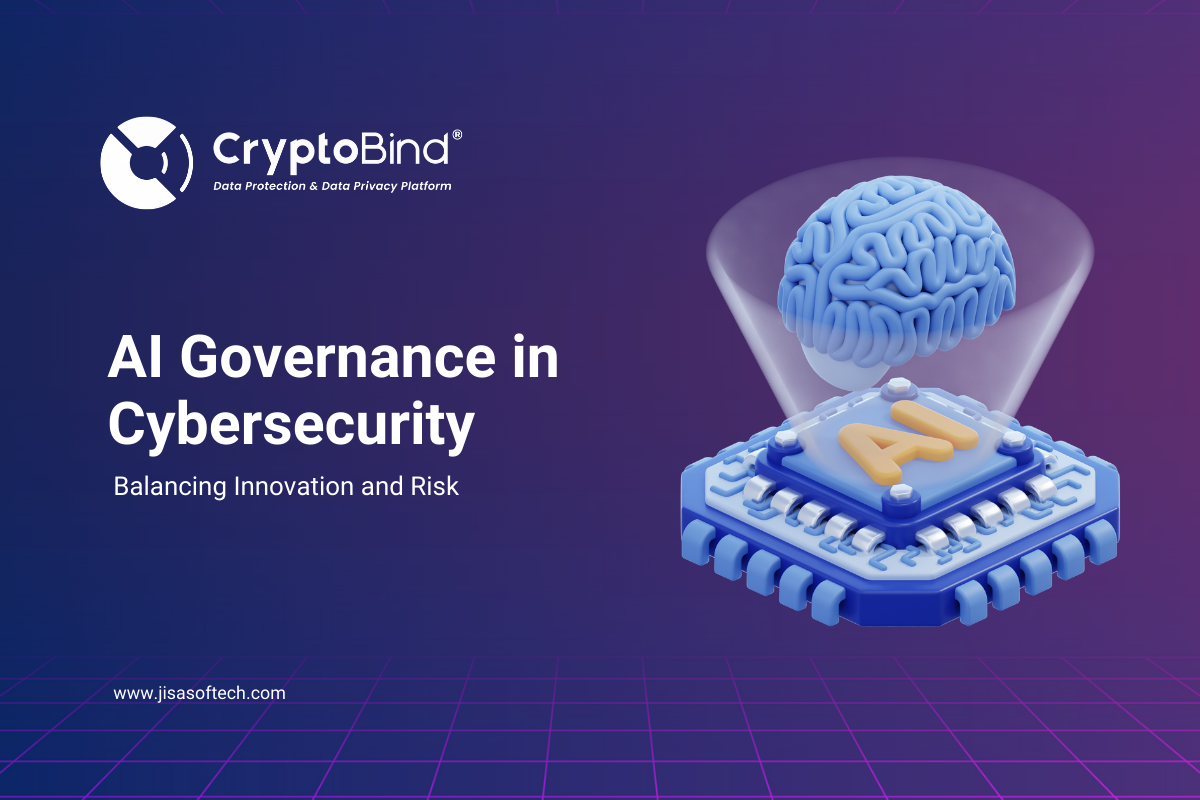AI governance has become a critical aspect of cybersecurity as organizations increasingly rely on Artificial Intelligence (AI) to detect and respond to threats. With the evolution of AI-driven solutions, new challenges such as algorithmic bias, data privacy concerns, and regulatory compliance have emerged, highlighting the need for a well-defined governance framework.
In the realm of cybersecurity, the importance of AI governance cannot be understated. It serves as a legal and ethical framework to ensure responsible development and use of AI technologies, aligning them with human rights, privacy standards, and accountability principles. Key areas of AI governance cover safety, regulations, ethics, data privacy, and bias mitigation to bridge the gap between accountability and ethics.
The role of AI in cybersecurity has grown significantly, aiding in detecting and mitigating threats in real-time through advanced threat detection, enhanced threat identification, automated incident response, and improved vulnerability management. While AI strengthens cybersecurity, it also poses risks, necessitating the implementation of robust governance frameworks to mitigate adversarial attacks.
Examples of AI governance in cybersecurity include regulations like GDPR, OECD AI Principles, and establishment of AI Ethics Boards to oversee compliance with ethical standards. These measures ensure responsible and ethical use of AI technologies, striking a balance between innovation and risk management.
Effective AI governance frameworks for cybersecurity include the AI Bill of Rights, regulatory compliance, trustworthy and ethical AI development, international collaboration, and stakeholder engagement. These frameworks regulate AI deployment, minimize risks, and promote ethical standards in cybersecurity applications.
In India, the future of AI governance is shaping up with regulatory advancements, policy adaptions, and a focus on ethical AI development. The forthcoming data protection law will set standards for AI-driven data usage, while addressing algorithmic bias, transparency, and introducing certification programs to enhance trust and compliance.
In conclusion, AI governance in cybersecurity is essential for ensuring security, fairness, and transparency in AI-driven solutions. By implementing robust governance platforms, adhering to regulatory compliance, and fostering international collaboration, organizations can harness AI’s potential while minimizing risks. Responsible AI governance is crucial to ensure AI remains a force for protection rather than exploitation in the ever-evolving cybersecurity landscape.


